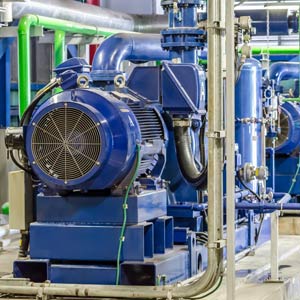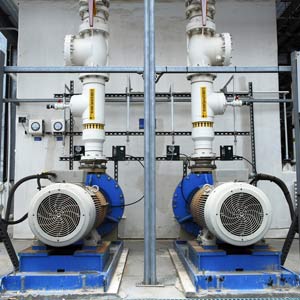Combined Heat & Power (CHP)
Take control of your business energy consumption
What is CHP?
Combined heat & power (CHP) is the simultaneous generation of usable heat and power (usually electricity) in a single process. The electricity is generated on or close to your site, allowing you to capture and use the resulting waste heat for site applications.
A business site with a large and continuous cooling demand, and perhaps a declining demand for heat, may consider replacing a conventional electrical cooling system with absorption cooling.
CHP:
- Reduces the site’s demand for electricity
- Increases the options for heat use
- ‘Irons out’ some of the seasonal peaks and troughs in the requirement for heat


Non-Financial CHP Benefits
The key non-financial benefit from CHP is that it provides the opportunity to secure cost-effective reductions in CO2 emissions which dramatically lowers your commercial carbon footprint. CHP can also make savings on other GHGs, such as methane (CH4) and nitrous oxide (N20).
Who can benefit from Combined Heat & Power?
In the UK, three industrial sectors account for almost 76% of CHP electrical capacity:
- Chemicals (33%)
- Oil refineries (32%)
- Paper, publishing, printing (10%).
Large community heating schemes affect:
- Hospitals
- Universities
- Hotels and leisure centres


Financial Savings from Combined Heat & Power
CHP provides the following direct benefits:
- Minimum 10% energy savings but typically higher
- Cost savings of between 15% and 40% over electricity sourced from the grid and heat generated by on-site boilers
- Minimum 10% CO2 savings for good quality natural gas CHP, in comparison to conventional forms of energy generation

